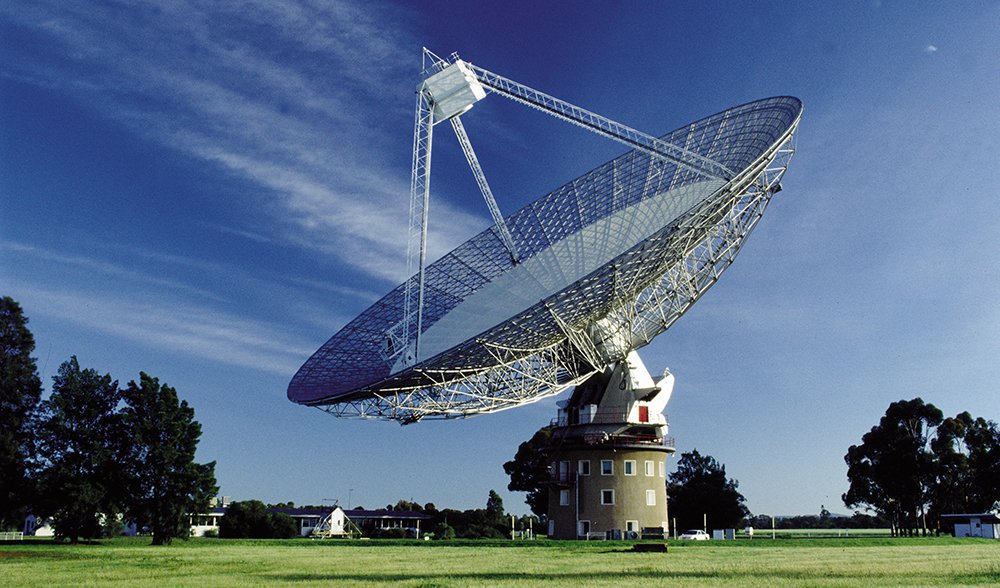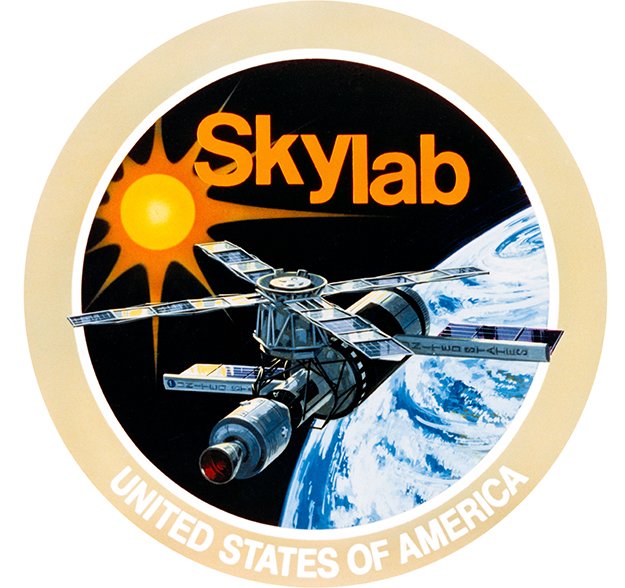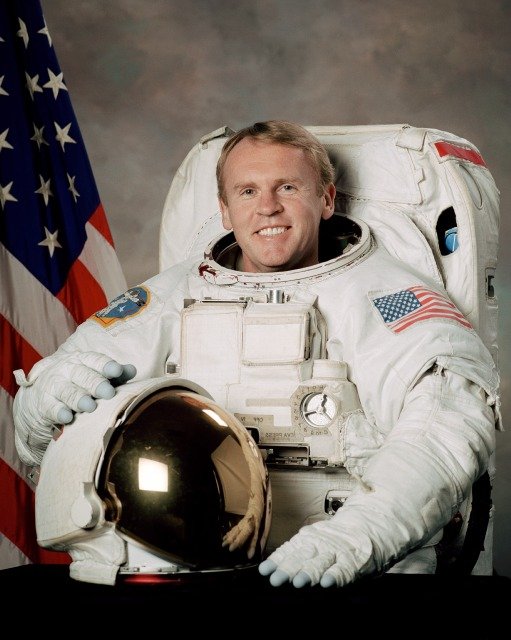Top 10 Aussie space milestones

With much of the outback free from light pollution, Australia is an ideal platform for stargazing. Although we may not have our own space agency, such as NASA or Europe’s ESA, and our astronomy research funding is comparatively slim, our contributions to understanding the universe are not to be underestimated.
From amateurs making groundbreaking observations, to helping NASA land a man on the Moon, we’ve shown that the folks from Down Under aren’t afraid to look up above.
1. 1945: Development of radio astronomy
 Joseph Lade Pawsey, Australian radiophysicist and radio astronomer, photographed circa 1950. Image credit: John Paul Wild/Wikimedia
Joseph Lade Pawsey, Australian radiophysicist and radio astronomer, photographed circa 1950. Image credit: John Paul Wild/Wikimedia
Joseph Lade Pawsey, Ruby Payne-Scott and Lindsay McCready, at the CSIR Radiophysics Laboratory, used an RAAF antenna north of Sydney to measure the temperature of the Sun. Established wisdom suggested the temperature should be about 6000°C, so they were baffled when they recorded a temperature of 1 million degrees. They had, in fact, detected the heat of the Sun’s corona – or atmosphere – which is hotter than the surface and impossible to see with visible light from Earth, except during a solar eclipse. It was the first time radio waves had been used to make an observation not possible with light, and it paved the way for modern radio astronomy.
2. 1967: Australia’s first satellite
Excerpt from the documentary film showing the launch of Australia’s first scientific satellite. Source: National Archives of Australia/YouTube
WRESAT (the Weapons Research Establishment Satellite) is launched. During the years of the space race, the forerunner of Australia’s Defence Science and Technology Group and Adelaide University was given just 11 months to design, build and launch Australia’s first satellite. Launched from Woomera, SA, the battery-powered cone weighed 45kg and orbited Earth 642 times during 42 days. The project revealed new information about the upper atmosphere and proved Australia was capable of launching spacecraft.
3. 1969: Moon landing
 Honeysuckle Creek Tracking Station, ACT. Image credit: NASA
Honeysuckle Creek Tracking Station, ACT. Image credit: NASA
Honeysuckle Creek Tracking Station in the ACT received the footage of Neil Armstrong’s first steps on the Moon and transmitted it to the world for eight minutes. Then the stronger signal from the Parkes Observatory, NSW, took over the broadcast. Honeysuckle Creek was built by NASA for the Apollo Project to keep in constant contact with astronauts, and was critical to the success of the Moon landing. It was in operation from 1967 to 1981.
4. 1970: Apollo 13 emergency
 Parkes Radio Telescope, NSW. Image credit: CSIRO
Parkes Radio Telescope, NSW. Image credit: CSIRO
Parkes Observatory was never meant to be involved with the Apollo 13 mission, but after the famous “Houston, we’ve had a problem” message was relayed, it was soon realised Parkes was best positioned to track the stricken spacecraft. An Australian team communicated with Apollo astronauts and tracked their path, helping to avert a tragedy.
5. 1979: Skylab crashes in WA
 Image credit: NASA
Image credit: NASA
Skylab, NASA’s first space station, failed to sustain its orbit and plummeted to Earth, headed for Australia. There was panic when NASA revealed it didn’t know exactly where the impact would be, but in the end most of it hit the Indian Ocean, with some pieces raining down on Esperance, WA (giving the town an enduring claim to fame). Although nobody was hurt and nothing was damaged, the Shire of Esperance did send NASA a $400 fine for littering, which they failed to pay.
6. 1995: First professional Australian astronaut
 Image credit: NASA
Image credit: NASA
Adelaide-born Andy Thomas became Australia’s first professional astronaut to travel into space, when he boarded NASA’s Endeavour space shuttle, spending 10 days in orbit. (The first Aussie in space was oceanographer Paul Scully-Power, in 1984). Andy went on to complete several NASA missions, including 141 days aboard the Russian space station Mir. True to his heritage, Andy later took Australian artefacts to the International Space Station, including the watch of aviator Sir Charles Kingsford Smith, who made the first trans-Pacific flight in 1928.
7. 2009: Jupiter impact

The sprawling dark mark is Jupiter’s latest impact scar, located in Jupiter’s south polar region and discovered by Australian amateur astronomer Anthony Wesley. Image credit: NASA, ESA, H. Hammel and the Jupiter Impact Team
Amateur NSW astronomer Anthony ‘Bird’ Wesley made a significant discovery missed by professionals, when he spotted a mysterious mark on Jupiter’s surface. It was later shown to be where a 1km-wide asteroid had hit – a phenomenon not observed since the Shoemaker–Levy 9 comet struck the gas giant in 1994. Dubbed ‘the Bird Strike’, the discovery was followed up in 2010, when Anthony recorded a comet striking Jupiter.
8. 2011: Nobel Prize in Physics
 Professor Brian Schmidt. Image credit: Tim Wetherell
Professor Brian Schmidt. Image credit: Tim Wetherell
Professor Brian Schmidt, then an astronomer at the Australian National University’s Mount Stromlo Observatory, received a Nobel Prize in 2011 for his discovery with Saul Perlmutter and Adam Riess that the universe is expanding ever faster. By studying supernovae to measure distances across the universe, they came to the discovery in 1998 that gravity works in a different manner from how experts had thought. Brian is now the vice-chancellor of ANU and spends his spare time operating the small Maipenrai Vineyard and Winery, which he set up with his wife in Sutton, near Canberra, in 2000.
9. 2012: Curiosity rover
 The Canberra Deep Space Communication Complex. Image credit: Ryan Wick/Wikimedia
The Canberra Deep Space Communication Complex. Image credit: Ryan Wick/Wikimedia
The Canberra Deep Space Communication Complex (CDSCC) is an outpost of NASA run by CSIRO and had primary responsibility for landing the Curiosity rover on Mars. During what was dubbed the ‘seven minutes of terror’, the landing of the rover on the surface was fraught with the possibility of failure as it had never been practised. Radio dishes across Australia listened in for the rover and relayed the message that it had landed and was operating successfully.
10. 2015: New Horizons
 Detailed, processed image of Pluto. Image credit: NASA/JHUAPL/SwRI
Detailed, processed image of Pluto. Image credit: NASA/JHUAPL/SwRI
New Horizon’s mission, which brought the dethroned ‘ninth planet’, Pluto, into spectacular view for the first time, also relied on the CDSCC to play a vital role. The complex was in the right position – as New Horizons swung by for its closest pass – to receive the first data and high-resolution images to relay to NASA. The Australian team remain working on the mission as the probe continues on its exploration of the outer Solar System.
UPDATE:
Another milestone occured in 2018, when Australia officially launched it’s own space agency.




